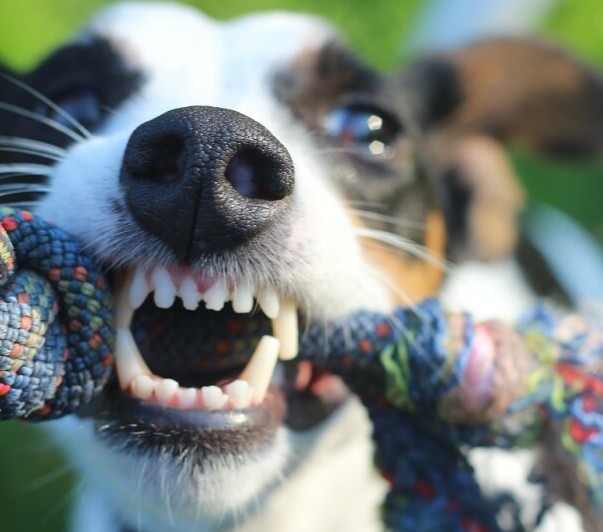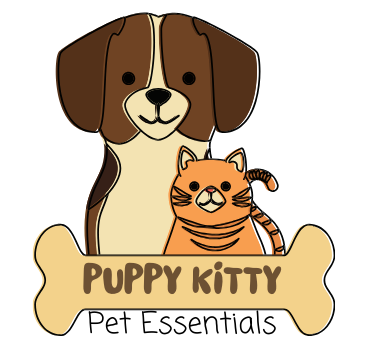Hello , it’s Bob here. I recently had a bit of an eye-opener when I took my pup, Puppy, for her routine teeth cleaning. It’s pretty easy to forget about those little chompers when they’re hidden behind that adorable smile, but let me tell you, dental care is crucial for our furry companions.
Often, we’re so wrapped up in the day-to-day care of feeding and exercise that we overlook the importance of oral hygiene for pets. This isn’t just about avoiding bad breath; it’s also about ensuring the overall health of our beloved animals. Dental health issues can lead to more serious problems if left unchecked, impacting their quality of life.
I’m here to help you with a straightforward approach to your pet’s dental care. But why should you trust me? Well, I’ve been through the learning curve and seen firsthand the difference a solid dental care routine can make. I’m not a veterinarian, but I am a dedicated pet owner who has engaged with experts, and I’ve compiled what I’ve learned to pass along to you.
So, as we move forward, I’m going to be talking about ten essential tips that will aid in maintaining your pet’s oral health effectively. These strategies are not just important for keeping those pearly whites sparkling but also for protecting your pet from diseases that can stem from poor dental hygiene.
Getting to the Basics: Brushing and Dental Products
I’m here to help you understand just how vital regular brushing is to your pet’s dental health. Consider it as important as your own brushing routine. It’s best to aim for brushing your pet’s teeth at least 2-3 times a week. This habit plays a key role in removing plaque before it has a chance to harden into tartar, which can lead to more significant dental woes down the line.
Now, let’s talk gear. It’s all about choosing the right toothbrush and toothpaste for your buddy. The toothbrush should be a comfortable fit for your pet’s mouth – they come in different sizes for cats and dogs, and even finger brushes if that’s more your speed. But, it’s not just about any paste – it’s got to be pet-safe toothpaste. You see, the stuff we use can be downright harmful if your furball swallows it, so always opt for those that are formulated specifically for pets.
So, you might wonder, how exactly do you brush those pearly whites? Well, first, get your pet comfortable with having their mouth touched. You can start by using your finger, and then introduce the brush and toothpaste gradually. Keep the sessions short and rewarding. Patience here is key; a smooth introduction means less stress for both you and your pet.
This isn’t just about cleaning teeth; it’s a bonding experience. And trust me, your pet will definitely thank you for those extra healthy years down the road.
Don’t worry too much if your fur kid is not a fan on day one. You can always adjust your approach, observe their responses, and make it as positive as you can. Pretty soon, it’ll just be another part of the routine – like your morning coffee or evening stroll.

Early Prevention and Dental-Friendly Diets
When it comes to pet dental care, I can’t stress enough how vital early prevention is. It’s much like teaching a kid to brush their teeth; the sooner you start, the better habits they’ll form. Getting your pet used to having their mouth handled can save you a lot of trouble down the road. It’s all about consistency and patience. Start simple. Use your finger at first, then gradually introduce a pet toothbrush and toothpaste.
What you feed your furry friend also plays a huge role in their dental health. It’s not just about how much they chow down, but what they’re chomping on. Some pet foods are crafted to help reduce plaque and tartar buildup. Go for kibble or treats that have a bit of a crunch to them, as they can help scrub those pearly whites clean.
Now, I’m going to tell you straight—sugary treats are a no-go. Yes, they love them. Yes, it’s tempting to spoil them. But sugar is a fast track to bacteria city, leading to potential tooth decay and gum disease. So, choose healthier snack options, like carrots or dental-friendly treats that are formulated to clean and protect their teeth.
And don’t overlook the basics; fresh water is your pet’s best friend in the fight against dental disease. Ensure they always have access to clean water to help wash down food particles and bacteria. Trust me, it’s a simple habit that goes a long way.
Playtime with a Purpose: Dental Chews and Toys
I’m going to let you in on a little secret: your pet’s playtime can double as a dental workout. That’s right, while they’re happily gnawing on a chew toy, they could also be fighting plaque and tartar buildup. Isn’t that a win-win?
So, how do you choose the right tools for this job? Stick to dental chews and toys that are specifically designed to clean teeth. Products approved by veterinary dental associations are going to be your best bet. These guys make sure that what you’re giving your pet isn’t just a good time, but also a safe and effective way to maintain oral health.
When you’re sifting through the sea of options, keep an eye out for toys that have textured surfaces or are made from materials that help reduce plaque. Remember, these aren’t just chew toys; they’re tools that help scrape away the gunk from your pet’s teeth. Choose something that resonates with you and your pet’s preferences. Soft toys might be kind on the gums, but make sure they’re durable enough to take on those powerful pet chompers.
And here’s a little advice: Monitor your pet’s chewing style. Some pets are gentle and will make a toy last a long time, while others might go through them like treats. Make sure the toys are sturdy enough to withstand your pet’s chewing vigor but still safe if they’re accidentally ingested.
Next, I’m going to talk about the importance of combining playtime with routine vet visits. Regular dental check-ups are an essential piece of the puzzle to ensure that your pet’s pearly whites stay healthy. While toys and chews help, they don’t replace the need for professional eyes and hands to keep tabs on your pet’s dental health. Let’s delve into what this involves in the next section.

Professional Dental Care: Check-ups and Cleanings
You’ve now got an arsenal of tools and knowledge to tackle your pet’s dental care at home. But let’s not forget the professionals; they play a pivotal role in your pet’s dental hygiene regime. Routine visits to your vet are vital. You’re going to want to schedule check-ups to catch any dental issues early, before they become bigger, costlier problems.
Keep an eye on clues that might signal dental distress. Bad breath, a sudden shift in eating habits, or inflamed gums can all be red flags. Spotting these early can make all the difference for your pet’s dental and overall health.
When it’s needed, don’t hesitate to opt for a professional cleaning. It’s a thorough process, generally done under anesthesia, to clear away any tartar build-up and address hidden dental issues. The thought of anesthesia may be unsettling, but your vet can walk you through the procedure, ensuring it’s a safe option for your furry pal.
Post-cleaning, you’ll continue your at-home care, adapting to any new directions from your vet. Always lean on your vet’s expertise to guide you in the right products and routines to keep your pet’s smile bright and healthy.
Remember, pet dental care isn’t just a ‘nice-to-have’—it’s essential for a happy, healthy life. Regular dental maintenance, both at home and at the vet’s office, goes a long way. In my opinion, investing in your pet’s dental health means investing in their future. So, I really hope that you embrace these tips and make pet dental health a priority. Your pet will surely thank you for it with lots of happy, healthy smiles!
